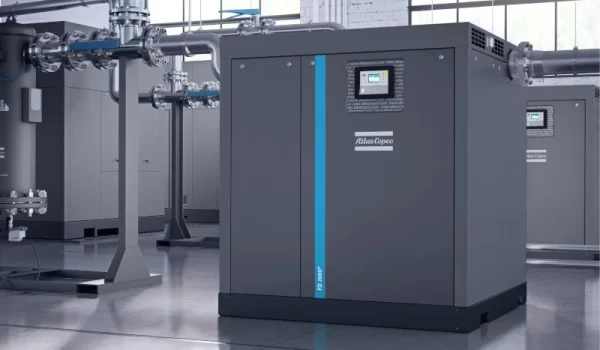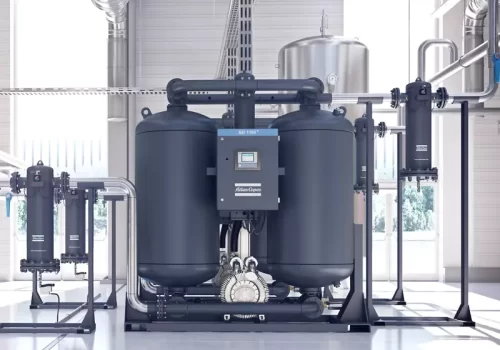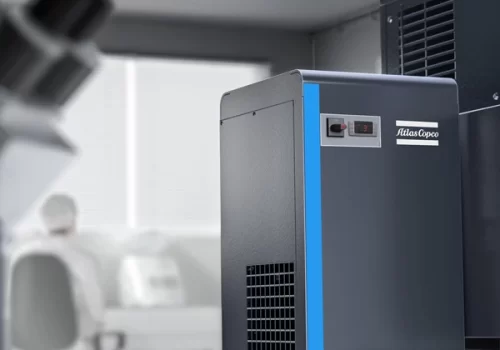Our range of compressed air dryers protects your systems and processes in a reliable, energy-efficient and cost-effective way.

Treated air helps prevent pipework corrosion, product spoilage and premature failure of pneumatic equipment
A complete range of products with dew points from +3 to -70 °C to ensure the correct air quality for your application
All our compressed air dryers are designed to perform in the most energy-efficient and environmentally friendly way, and thus contributing to a reduced carbon footprint
This happens almost everywhere, but it can have serious consequences for your compressed air system and the quality of the end product. Causes of water in your compressed air system When the air is compressed, condensation occurs.
The following factors determine the amount of water:
The moisture content is higher in warm and humid air, which means that more water comes out of the compressor. The compressed air contains less water when the pressure is higher and the easier it can be dried. Think of a sponge that is soaked with water; the more it is squeezed, the less water it contains.
Many tools and equipment, driven by compressed air, cannot withstand water or moisture. Many processes, using compressed air, are processing products that cannot withstand water or moisture. Inherent to the compression cycle, free water is often formed in the compressed air circuit.
Untreated compressed air, which contains solid, liquid, and gaseous contaminants, poses a significant risk as it can damage your air system and your end product. Moisture, one of the main components of untreated air, can cause the following problems:
Air dryers remove moisture from the air.
Each dryer system- desiccant dryer, refrigerated dryer, and membrane dryer, uses its own technique.
The measurement of dry compressed air after processing is known as its ‘dew point’. The lower the temperature of the dew point, the less amount of water vapor in the air. The Dew point means the actual temperature where condensation begins. For example, if the dew point is -40 C° this means condensation starts only if compressed air temperature goes down to -40 C°.


Airsolve Pvt Ltd is an authorized distributor of Atlas Copco Products which are used by the Industrial segment. We also offer quality service for the product we supply.
Copyright © 2022 Air Solve Pvt. Ltd. | Designed By Orbit Infotech